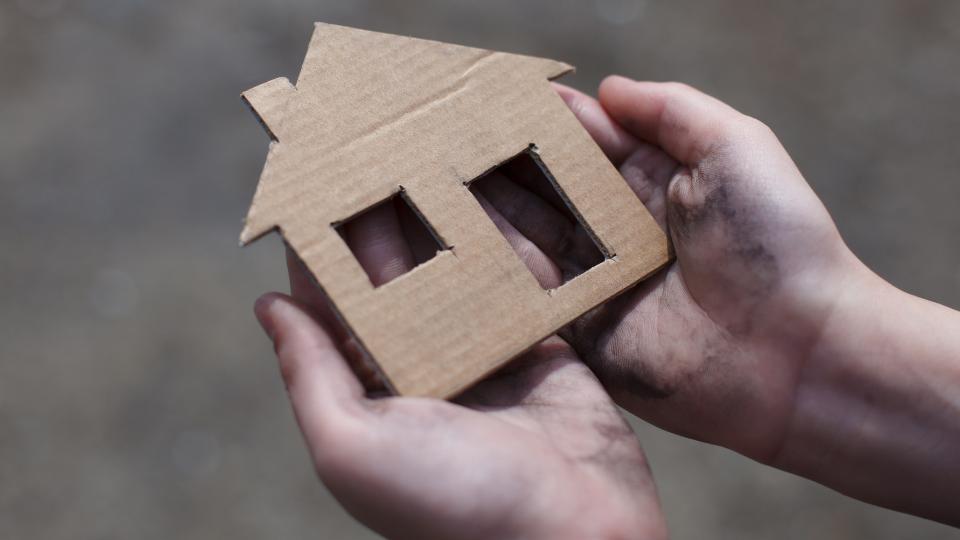Utah’s Rate of Homeless Women Lower than National Rate, but Still Concerning

According to data from the Utah Department of Workforce Services Office of Homeless Services, 24,037 people accessed homelessness services in Utah in 2021. In 2020, 3,131 Utah residents experienced homelessness on any given day.
Nationally, 18 of every 10,000 people in the U.S. have experienced homelessness, whereas the number for Utah is 9.8 of 10,000. Females made up 39% or 9,368 of the 24,037 total.
“Although Utah’s rate of homelessness is lower than the national rate, we still have thousands of individuals and families who experience sheltered and unsheltered homelessness each year,” said Susan Madsen, Utah State University Utah Women & Leadership Project (UWLP) founding director and one of three authors of a recent report, “Homelessness Among Utah Women.”
The report shows that many women who accessed homeless services in 2021 (5,052) participated in street outreach programs, emergency shelters, or transitional housing projects, and 3,800 women were in households with children. Racial demographic data about females show that 75.8% were White, 7% were Black, 6.5% were American Indian, 4.3% were multiracial, 3% were Pacific Islander or Native Hawaiian, and 1% were Asian.
Madsen said report findings indicate the main factors affecting women’s ability to find housing include mental health conditions, chronic health conditions, physical disability, substance use, fleeing domestic violence, and developmental disability.
She said the number of women fleeing domestic violence and accessing homeless services has nearly doubled from 662 women in 2017 to 1,023 women in 2021. In addition, the 2021 data show that the number of women accessing homeless services who have experienced domestic violence at some time was 2,502 or 26.7%.
“These numbers are sobering, but Utah has been known for setting challenging goals and undertaking innovative approaches to address homelessness in the state,” Madsen said. “And we are happy to see that state funding for homeless services and initiatives has increased dramatically over the last several years.”
During the 2022 general legislative session, $45.5 million in state funds was allocated for the fiscal year 2023 to address homelessness. In addition, the state appropriated $74.9 million in federal funds, with the bulk of those dollars ($55 million) coming to the state as a one-time contribution from the American Rescue Plan Act and a one-time $13 million housing grant. Utah has also designated 13 local homeless councils to develop a shared vision for reducing homelessness in specific areas of the state.
Emily Darowski, UWLP associate director and a report author, said it’s important that policymakers and community leaders continue prioritizing this critical issue, especially considering the recent rise in homelessness.
“One key factor affecting Utah’s rate of homelessness is the housing and rental market, including prices, interest rates, and the number of available units,” Darowski said. “Affordable, accessible housing is an overall concern for any growing population, but especially for those experiencing homelessness and low incomes. We hope ongoing efforts will focus on developing homelessness services in underserved areas and that predictive factors of homelessness, such as mental and physical health and domestic violence, can be addressed.”
Madsen said Utahns can help by supporting legislative and community efforts to reduce homelessness and increase their participation in volunteer efforts.
“We need to continue to provide resources for those currently experiencing homelessness and develop strategies that ensure homelessness is rare, brief, and non-recurring,” she said. “As we do this, we will strengthen the impact of Utah girls, women, and their families.”
An additional report author is Candice Pierucci, a UWLP research associate. To see the full report, including references, click here. For further information on UWLP programs and projects, visit utwomen.org.
To become involved in solutions and learn more about community providers, visit endutahhomelessness.org to connect with the local homeless council in your area.
Contact
Susan Madsen
Susan.Madsen@usu.edu


 Utah 4-H & Youth
Utah 4-H & Youth